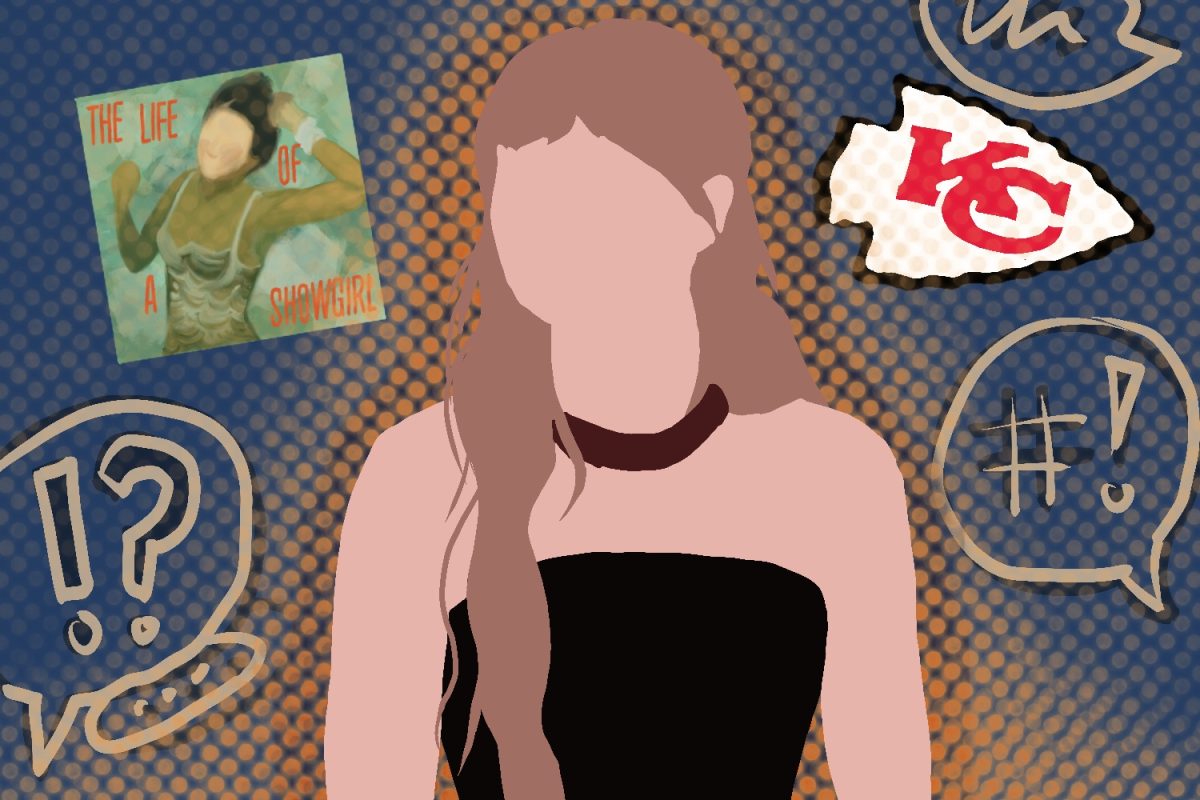Dave Filoni’s new show, “Ahsoka,” is the latest installment of the famous “Star Wars” franchise. Acting in many ways as the sequel to Filoni’s previous animated work, “Star Wars: Rebels,” it follows the titular character as she attempts to prevent the return of the genius imperial commander Thrawn, who poses a threat to the fledgling New Republic.

I’d like to start this review with the show’s noteworthy and controversial aspect: the characters and their respective actors.
The titular character is played by Rosario Dawson, who reprised her role from “The Mandalorian.” Dawson does a rather disappointing job portraying the main character. She fails to capture the energy and determination the character displays in her previous iterations. Instead, this version of Ahsoka seems inordinately calm to the point of apparent indifference.
This character should care deeply about all of the events going on around her. Instead, she seems flippant and, at times, even disinterested. She often comes across as stilted in her dialogue (although this I do not blame on Dawson). This is not to say that there aren’t moments of acting that are serviceable or even good – but her overall portrayal is, in my opinion, lacking.
The character writing is better, although it’s not perfect. The show’s fifth episode in particular is amazing at expanding on Ahsoka’s already existing characterization. It furthers our understanding of how she views herself and her master, Anakin Skywalker. Her development in this episode is masterful to say the least.
However, the rest of Ahsoka’s characterization in the show mostly hinges on her relationship with Sabine Wren — the exact nature and history of which is almost completely absent in the show. In relying so heavily on this relationship, the show fails to give its protagonist’s arc any real punch.
Another character who finds herself teetering on the line between richly characterized and uninteresting is the previously mentioned Sabine Wren played by Natasha Liu Bordizzo.
Bordizzo herself does an excellent job at carrying over Wren’s characterization in her previous iterations. Her impatience, emotional turmoil and intense attachments are all carried into this new version of the character. However, like Ahsoka, her dialogue often feels stiff or unnatural.
She could be considered a secondary protagonist to the show, often being its emotional core. The show sets up what seems to be a promising character arc about accepting her responsibilities to others. I think the decisions she makes in Episode 4 in particular are excellent character work that help Wren feel like an extremely nuanced figure in the “Star Wars” universe. She does, unfortunately, suffer from one other issue she shares with Ahsoka: the importance of their unseen relationship to her characterization.
The real standout of the show, however, is the late Ray Stevenson’s Baylan Skoll. He is an enigmatic and solemn character, expressing a simultaneous nostalgia for the Jedi Order. In my opinion, his role serves as a way to explore how the death of the Jedi and rise of the Empire could have affected many of the galaxy’s individuals.
Skoll works as a character partially due to his apparent neutrality in The Force. It is possible to draw a parallel between him and Ahsoka. She is, by all means, no longer a Jedi, yet a part of her continues to cling on to the past, while Skoll has completely rejected it.
Stevenson’s acting is by far the most impressive in the show –– he manages to present Skoll as an imposing yet thoughtful man, whose lust for power stems from his deep trauma. Stevenson sells Skoll as a compelling and complex character, despite the audience’s general lack of knowledge about him.
The rest of the cast of characters are relatively good. Portrayed by Ivanna Sakhno, Shin Hati is a relatively interesting character, one in which I see a lot of potential. However, the character is not fully explored within the confines of the show so far.
Lars Mikkelsen does a praiseworthy job as Thrawn, whose calm and calculating demeanor is carried over from his previous incarnations — namely the character’s appearance in “Star Wars: Rebels.” At his side stands Diana Lee Inosanto as Morgan Elsbeth, who serves as a decent, but unremarkable, antagonist for the first half of the season.
In the more technical side of things, the show’s special effects are absolutely fantastic. Filoni used the famous volume for a lot of the backgrounds in the show, which allows for an often immersive experience. The work on the ships and planets is likewise good. The artists responsible for these should be proud of their capability to create these richly textured, lived-in spaces.
Where the show suffers sometimes is in its action scenes. Effects-wise, the action scenes are remarkably good, especially the lightsabers, which feel deeply cinematic. However, the choreography is often stilted or slow, especially when it comes to fights involving large groups of enemies, such as those in the last three episodes of the show.
There are, of course, exceptions, especially toward the middle of this first season. The regular confrontations between Skoll and Ahsoka are always powerful and well choreographed, as are some of the other fights involving their characters.
I’d be remiss not to mention the use of fan service throughout the show. Filoni often alludes to or directly references several characters, even including some of them like C-3PO and Anakin.
This aspect of the show varies wildly in quality, ranging from beautifully executed to pandering desperation.
Overall, the show more or less met my tentatively positive expectations. It was certainly a fun and easy watch, although I did occasionally get bored.
The show is best if you have watched Filoni’s previous work, without which one loses much of the emotional context the show relies on. There’s also the issue of the often contrived dialogue, which although a problem, doesn’t dramatically worsen the show. Overall I’d give it a 7/10: a recommended watch for any “Star Wars” fans, but definitely not required viewing.

















































































































